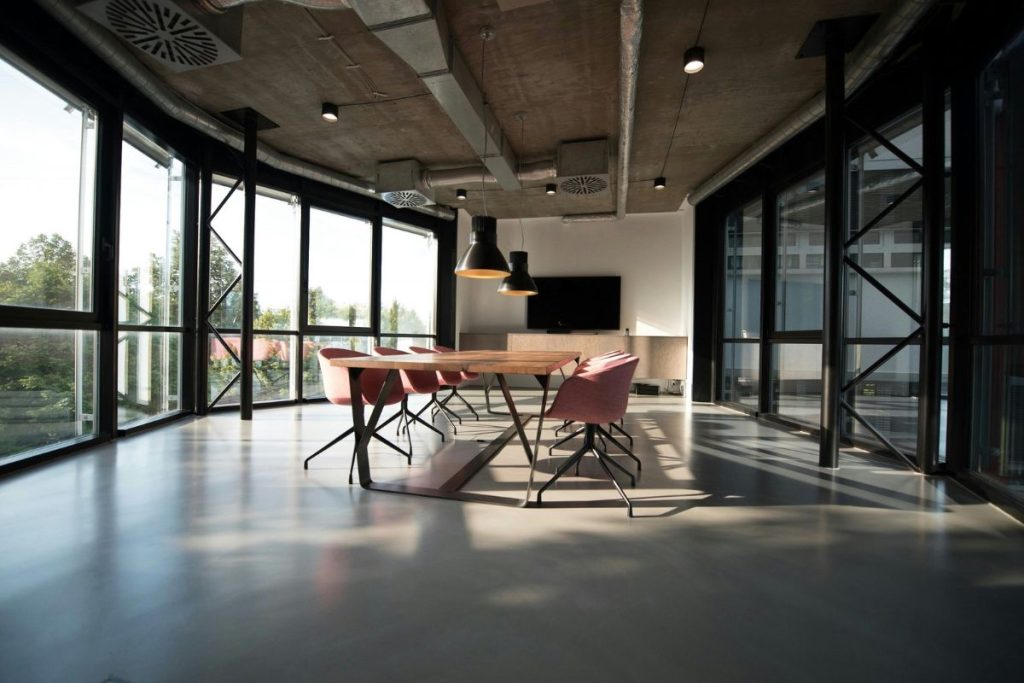Selecting the ideal workspace is a crucial decision for businesses looking to maximise productivity, collaboration, and staff satisfaction. The physical and digital environments where teams operate can have a significant impact on day-to-day efficiency, employee engagement, and overall operational success.
Taking a structured, practical approach ensures that workspace decisions support both immediate needs and long-term growth objectives, allowing businesses to adapt smoothly to evolving demands.
Prioritising Digital Security

In today’s increasingly digital workplace, security considerations play a pivotal role in choosing the right environment. Implementing strong application security measures ensures that sensitive information, client data, and internal communications remain protected. Workspaces that integrate secure software, reliable authentication processes, and robust monitoring systems provide a safer operational framework for teams.
Businesses benefit from prioritising application security as it reduces the risk of breaches, data loss, or operational interruptions. Staff can work confidently, knowing that the tools they rely on are protected against potential vulnerabilities. For organisations handling sensitive client information or regulatory compliance requirements, a workspace that supports strong security protocols is not only a practical choice but a vital one. Digital safety forms the backbone of a reliable environment, and integrating these considerations early in the planning stage supports smoother, uninterrupted operations.
Considering Location and Accessibility

While technology is critical, the physical location of a workspace remains a key factor in productivity and team cohesion. Searching for suitable offices in Woking, for example, can offer access to a well-connected business environment with convenient transport links, local amenities, and a supportive commercial community. Location influences not only staff commuting times and convenience but also opportunities for client meetings, networking, and collaboration with nearby companies.
Businesses choosing a workspace in a strategic area can create practical advantages for everyday operations. Proximity to suppliers, partners, and service providers helps streamline workflows, while accessible office locations enhance employee satisfaction and punctuality. Well-selected premises also provide the flexibility to expand or adjust layouts as teams grow, ensuring that operational efficiency is maintained over time. Balancing the location with other workspace features ensures that both physical convenience and strategic positioning are addressed.
Supporting Technology and Maintenance


Alongside digital security and location, the quality of IT infrastructure and support is a critical factor when selecting a workspace. Reliable IT Support Hampshire services ensure that systems, networks, and devices operate smoothly, reducing downtime and technical interruptions that can hinder productivity. Strong IT support also provides rapid troubleshooting and preventative maintenance, allowing businesses to focus on core operations rather than technical challenges.
For teams working across multiple devices or cloud platforms, dependable IT support improves workflow consistency and ensures that digital tools are optimised for efficiency. Businesses benefit from proactive solutions that anticipate potential issues and maintain system performance. Whether managing internal communications, client software, or data systems, access to professional IT support enhances the reliability of the workspace and contributes to a more productive and stress-free environment.
Designing for Collaboration and Flexibility

Beyond location, security, and IT infrastructure, workspace design significantly affects daily efficiency. Flexible layouts, adaptable meeting areas, and thoughtfully arranged workstations support different styles of work, from individual focused tasks to collaborative projects. Providing spaces where staff can interact informally encourages idea sharing, strengthens team cohesion, and improves overall workplace culture.
Practical planning of furniture, storage, and shared spaces ensures that the office functions smoothly. Integrating areas for quiet work alongside collaborative zones allows teams to adjust their environment according to immediate needs. This flexibility contributes to employee satisfaction and encourages a more efficient workflow, as staff can adapt their surroundings to the demands of each task or project.
Balancing Cost and Long-Term Value
Choosing a workspace is also an investment decision. Businesses must consider both upfront costs and ongoing operational expenses. Evaluating rent, utilities, maintenance, and technology infrastructure ensures that the space aligns with budgetary constraints while supporting long-term goals. Investing in a workspace that is secure, accessible, and well-supported creates value beyond immediate financial considerations, as it supports productivity, staff retention, and operational resilience.
Images courtesy of unsplash.com and pexels.com












